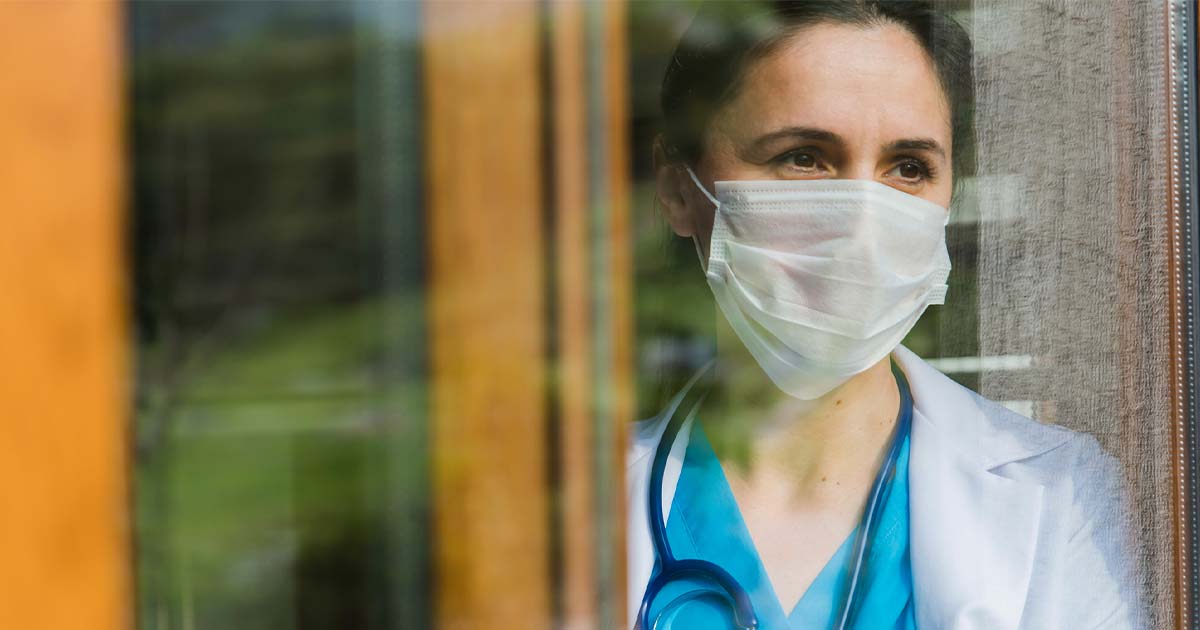COVID-19
Reflections from Geisinger Chief Innovation Officer: The Dawn of a New Normal

Before COVID-19 arrived in our communities and hospitals, healthcare was stuck in many ways. While reform was the word of day, we were still delivering health care as we had for twenty years. Then came a global crisis that forced change. Healthcare pivoted, responding with an agility for which our industry is not known.
Innovation is no longer a buzzword. COVID-19 compressed decades of effort into weeks of action. Now, even as the pandemic continues, is the moment to assess our response to it, to harvest lessons learned and solutions found. Capturing the insights and ideas that emerged in the crisis not only will perpetuate improvements but will enable healthcare delivery to operate and even thrive in a suddenly transformed environment.
COVID-19 has not affected healthcare delivery alone—When we emerge from this crisis, much will have shifted across society. Economics, technology, consumers, suppliers, competitors, and payors are all in the midst of foundational change. When COVID-19 is in the past, we will be greeted by a re-shaped world, a new normal.
Recovery planning, therefore, is not about returning to business as usual. COVID-19 has delivered a singular opportunity to accelerate the transformation of healthcare, to recreate our health care delivery system. Moving forward we need to act with the same agility as we have demonstrated over the past three months.
At Geisinger, we have launched post-COVID planning by examining our activity pre-COVID-19 and our response to the crisis. Specifically, we are engaging in a “start, stop, continue” process. We’re asking our team leaders to consider the following questions in three buckets:
- Start: What were the lessons learned during COVID? Are there opportunities to improve services implemented during the crisis?
- Stop: Was there any work stopped due to the crisis that should not be resumed, or that should be done differently? If we survived two months without a function, process or report, does it truly add long-term value?
- Continue: What new strategies were developed during the crisis that should we continue and expand?
We are also envisioning the new normal using scenario planning to pressure test our assumptions about the “new normal” under a range of possible futures. In a structured approach, we do this in four phases:
- Identify driving forces, the big shifts across society and systems that could impact our patients, staff, and operations paying attention to the needs of our vulnerable populations.
- Identify critical uncertainties likely to be the most impactful.
- Develop narratives for plausible scenarios.
- Discuss implications and paths to set a course for success.
Our industry stands today in a moment that was unimaginable few months ago. We forged ahead, to deliver healthcare and protect our patients, employees and communities. And in the process, we have shown our steadfast commitment to the nation—and to ourselves. We are hoping that we can seize the moment to fundamentally transform. It will be a silver lining of a very difficult time.
Karen Murphy is Executive Vice President, Chief Innovation Officer, and Founding Director of the Steele Institute for Health Innovation at Geisinger Medical Group. In her piece, she shares the need for medical providers to develop a plan to ensure that the transformational approaches to health care now continue long after the pandemic. As is the case with every aspect of American life, the questions on how to improve peoples’ lives will not and should not reflect business as usual, a dynamic that her organization is already adopting with its own outline that she further highlights.